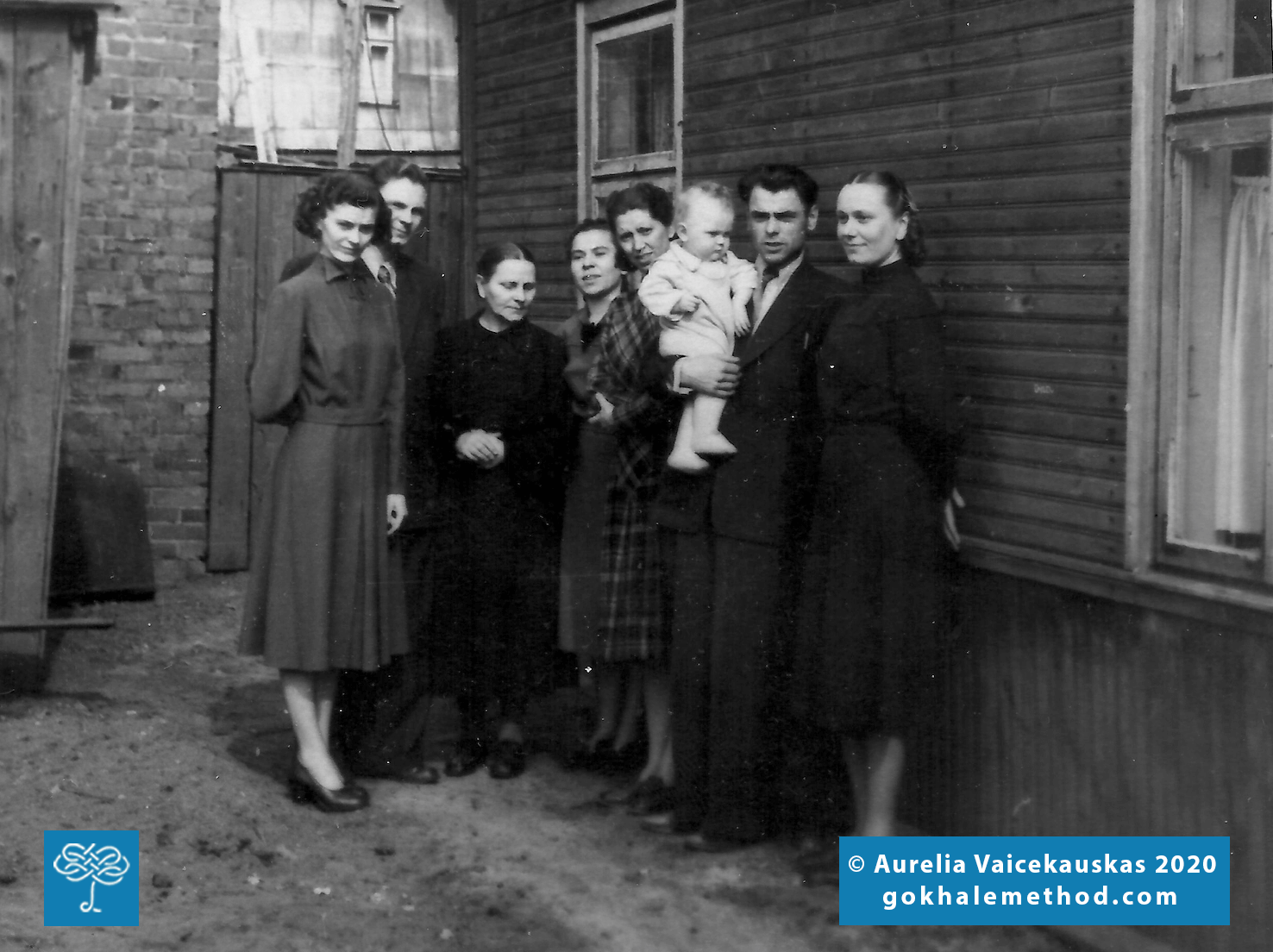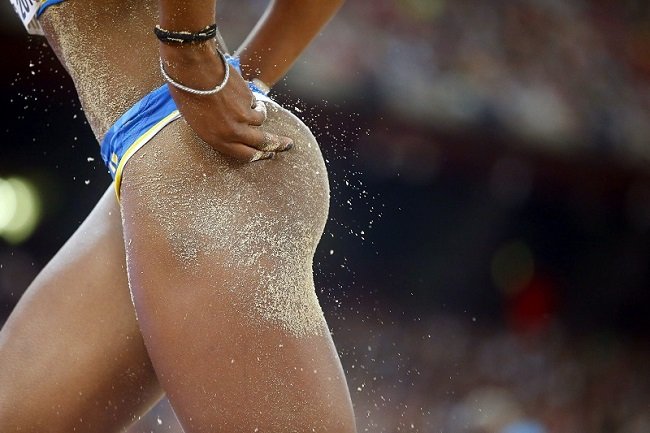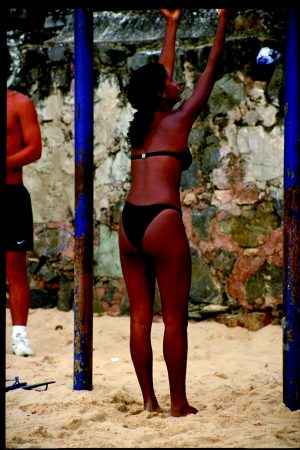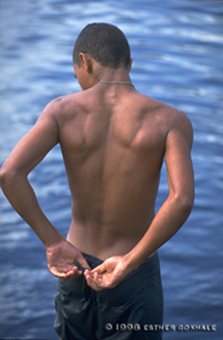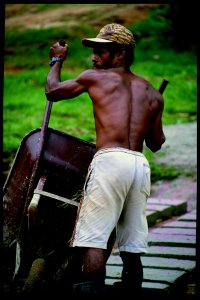“I had no idea that the Gokhale Method would change my life:” Teacher Kathleen O’Donohue’s Story
Teaching My 95-Year-Old Lithuanian Mom the Gokhale Method, Part 1
Glidewalking: Sitting’s Long-Lost Counterpart
Mother and son in a tribal Orissan village demonstrating excellent walking form. Notice that their heels remain on the floor well into their stride.
Do you have tight psoas muscles? Do you suspect the cause is too much time spent sitting in your daily life? There’s a complementary activity that helps counterbalance the time we spend sitting: walking — or, more specifically, glidewalking. Glidewalking helps balance our sitting in numerous ways — walking is dynamic versus sitting which is static. Yang balances Yin, viewed in the framework of traditional Chinese medicine. One underappreciated way in which walking can balance sitting pertains to the psoas muscle.
The psoas muscle originates on
"I Found I Could Defeat Sciatica:" Norm's Story
Photo courtesy Norman Crawford.
Norm, a hydrologic analyst and author now 82 years of age, originally hails from Alberta, Canada. When Norm was 16 years old, he accepted a summer job in Lake Louise (also known as Lake of the Little Fishes by the local Stoney Nakoda people), a location in the Canadian Rockies so known for its rugged beauty that it is frequently included on lists of “Wonders of the World.” This breathtaking landscape formed the backdrop for Norm’s lifelong love affair with the outdoors. Decades later, Norm still speaks of Lake Louise with understated reverence.
Lake Louise, Alberta, Canada, where Norm first fell in love with hiking. Photo courtesy Kevin Noble on Unsplash.
These
Fredrik Prost's Journey to Tuva: Posture, Shamanism, and Traditional Life Far Away and Close to Home
Esther's note: Fredrik Prost, the Saami craftsman and posture student I wrote about in these past blogs: Fredrik's Journey to a Pain-Free Back, Sleeping on Birch Branches in Samiland, Beauty, Art, and Posture, and Better Posture, Better Sleep, recently journeyed to Tuva. Here is an account he wrote for us about Tuvan posture, culture, and shamanism, including photos he took. It is a rare treat to hear about indigenous people from an indigenous person - one who speaks English well and knows our posture language too!
Tuva is an autonomous republic of Russia that lies northwest of Mongolia in the south of Siberia.
This summer I went there to explore the Tuvan traditions, in particular their
How to Fix Muscle Imbalances - Do They Matter?
Having some asymmetry in our bodies is natural and by no means a problem… for example, the majority of us are either strongly right- or left-handed, and if we play soccer we soon discover that we have a preferred foot, too! This study shows that pelvic obliquity (often caused by legs of a slightly different length) is present in equal measure in people both with and without Lower Back Pain, and doesn’t seem to be a contributing factor to the problem of back pain.
A famous example of someone who had a big leg length discrepancy was Bruce Lee. It didn't hold him back very much! To quote him, "I became a martial artist in spite of my limitations. My left leg is almost one inch shorter than the


